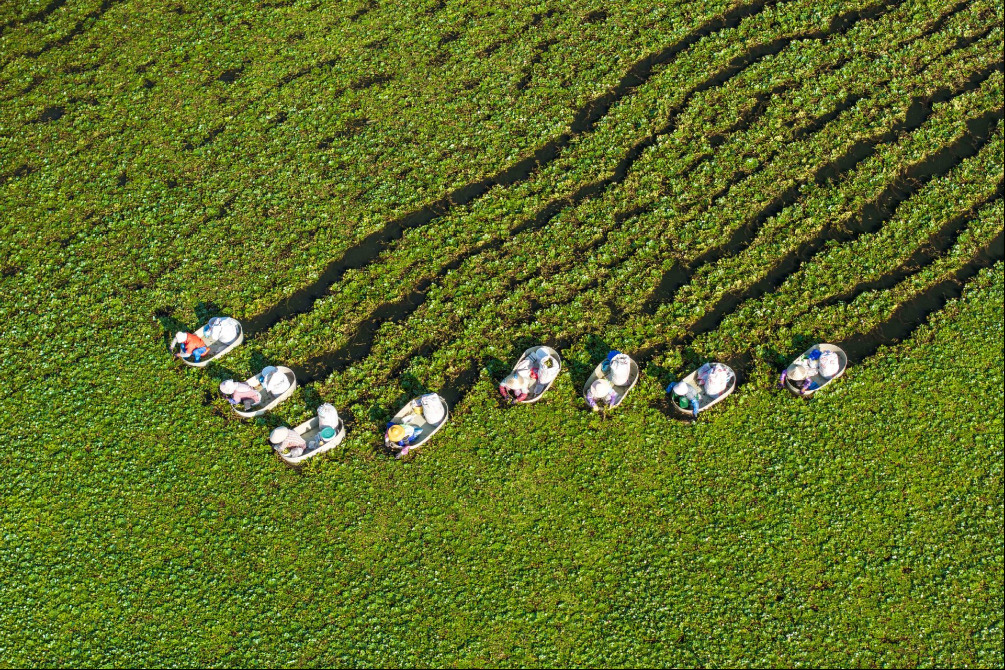Populations of milu deer increasing due to conservation efforts


The population of milu deer, or Pere David's deer, in a national nature reserve in the Yangtze River region, continues to rise, with 196 fawns born in the first half of this year, taking the total number to 1,300 from just 94 about 20 years ago.
As a major habitat for the endangered animal, the Shishou Milu National Nature Reserve in Shishou city, Hubei province, continues to explore solutions for wetland protection and disease prevention in milu. "What we fear the most is an animal epidemic. About 300 milu died as the result of an epidemic in 2010, nearly half of the population in our reserve at the time," said Yang Tao, a specialist at the reserve.
Shishou has invited experts to draft a project proposal for epidemic prevention and control in the reserve and plans to set up a database of pathogenic microorganisms in the deer. "It is increasingly difficult to manage the health of the deer because epidemics are on an upward trend, and we lack sufficient professionals and detection methods," a document by the reserve stated.
The species, which is now quite rare in China, has been present for thousands of years.
With a face like a horse, horns like a deer, hooves like a cow and a tail like a donkey, the milu is also known as sibuxiang in Mandarin, meaning it is unlike any of the four species, and is traditionally considered an auspicious animal.





































